 By Peter Galuszka
By Peter Galuszka
The “War on Coal” has marched on Giles County and the propaganda is flying. Yet the problem is a bit more complicated.
The latest skirmish involves a Celanese Acetate plant that makes products for cigarette filters and other items. The largest employer in the mountainous county, Celanese opened its chemical works on Christmas Day 1939 for the plant which now employs about 550 company workers and 400 contractors.
The problem lies with its boilers. Seven are fired by coal and six more boilers and furnaces use natural gas. The coal-fired ones in particular are old and polluting. State and local government are putting up $2 million to help Celanese convert the coal-fired ones to gas-fired and keep the plant from moving overseas. Celanese itself is investing $150 million in the conversion.
The core issues involves the new federal Mercury and Air Toxics Standards (MATS) proposed by the U.S. Environmental Protection Agency last year. This new regulations establish standards where none existed for emissions of such air toxics as mercury, arsenic, chromium, nickel and acid gases. Another rule, the Maximum Achievable Control Technology (MACT), would force emissions to be cut from industrial boilers.
Without expensive controls, coal-fired boilers are notorious for emitting such poisons that the EPA says helps kill 11,000 people prematurely each year. They are far more polluting than natural gas-fired boilers which burn more cleanly.
Another issue is that coal-fired boilers contribute more to carbon dioxide, now declared a pollutant than can lead to climate change. A study by the Massachusetts Institute of Technology shows that natural gas boilers emit roughly half of the CO2 that coal-fired ones do. Like it or not, the U.S. is under the gun to join most of the industrialized world in reducing CO2 emissions, whether or not one thinks they are man-made.
For the sake of perspective consider that back in 1939 when the Celanese plant was built, coal was in much wider use. Railroad locomotives burned it, as did neat little bungalow homes, big electric utilities, and long-forgotten blast furnaces and factories. It was the fuel of choice, especially in Giles County which is right next to some of the world’s best coalfields and connecting rail lines.
Air pollution has been a problem at the Celanese plant for years. Earlier this year, the state Department of Environmental Quality cited Celanese Acetate for the third time in four years for failing to properly monitor emissions from its boilers that can emit such toxic pollutants as nitrous oxide, mercury, carbon dioxide, sulfur and others. The 2012 citations brought a fine of $13,122.20.
In 2008, the EPA forced Celanese to pay a fine for $60,000 for not installing a device to measure nitrogen oxide.
When the MACT rules were proposed last year, Celanese officials were deeply worried. Plant manager Todd Elliott said so in testimony on Sept. 8, 2011 before a subcommittee of the Committee on Energy and Commerce of the U.S. House of Representatives.
Elliott testified that Celanese is in a global market place and if costs become too much in one location, “we must look at other options.” The new MACT rules will force Celanese to comply with new emissions within three years. Given their consistent problems with air pollution — they are among the top polluters in the state — that would be a problem.
Elliott said: “Our engineering studies concluded that we will need to add emissions controls to our existing coal-fired boilers or convert those boilers to natural gas. Either alternative would require a very significant capital investment and time investment and would necessitate an extended plant outage while changes are implemented.”
Another problem is that the firm must wait until a natural gas line is available before it would consider converting to gas. Installing gas boilers might take a year. Sticking with coal, he said, was problematic because they can’t find sources of coal that are both low in mercury and hydrochloric acids.
Judging from such testimony, Celanese was most likely in a position to apply considerable pressure on the state to do something to help them — or they’d move. If they did, they’d take 1,000 jobs with them.
So, it came down to two choices — retrofitting coal with new emissions controls or new gas boilers. Neither is cheap. They went with natural gas because it is cleaner, has less of a carbon footprint, and at the moment, is relatively cheap as fuel. Retrofitting its seven coal-fired boilers was not really an option, cost-wise.
What’s more, a search failed to turn up any evidence that industrial facilities such as chemical or paper plants are installing new coal-fired boilers. Such boilers for use in electrical generation are a different story — some 145 are planned in China. They have the heat output to spin major megawatts regardless of the pollution issues. For smaller plants, they just don’t seem to make sense.
So, if you buy the “War on Coal” argument, consider how many other chemical processing factories are seriously considering switching to coal-fired boilers these days. My guess is that such uses went away in the 1950s or 1960s. If you find some, please post them on this blog. To be sure, coal is in a cyclical downturn but it is doubtful that coal supplied Celanese with anywhere near as much as they would for a 1,500 megawatt power plant. Besides, natural gas is a viable energy industry in Virginia. It really isn’t a choice of coal or Virginia loses — it’s one of the best logical and cost option.
As for whether Celanese put the muscle on Gov. Robert F. McDonnell, that’s another issue and a valid one worth exploration.
As for MATS, you have to ask yourself if we’ve gone far enough in protecting the health and environment of Virginians and everyone else. I’m sure some will say this is all too much. But those very same types of people said the reforms that President Richard M. Nixon sought and won in the late 1960s and early 1970s were too much, too.
As for me, I remember the before and the after.



 By Peter Galuszka
By Peter Galuszka



 By Peter Galuszka
By Peter Galuszka


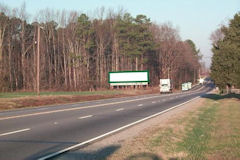
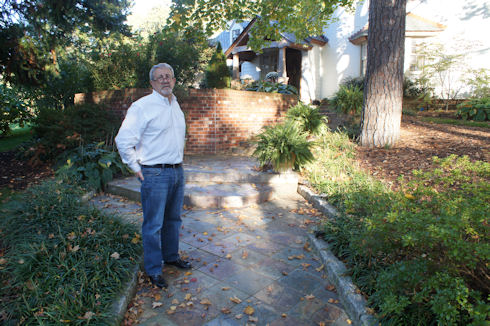


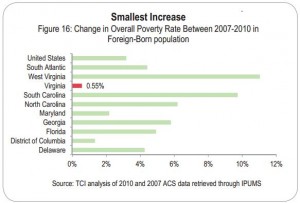
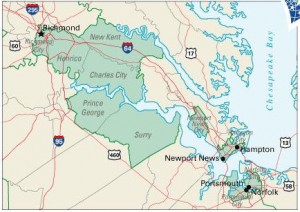
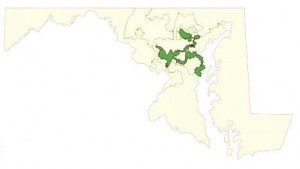
 By Peter Galuszka
By Peter Galuszka

